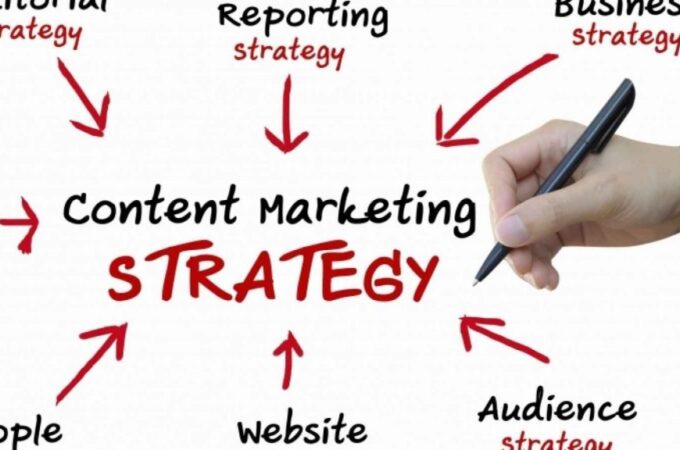
Who Can Help Me Develop an Agile Marketing Strategy?
The agile marketing process is a new way to approach complex projects. Marketing departments have found that an agile methodology is a useful tool for developing adaptable strategies that can be efficiently implemented. The key to marketing success is adaptability and continuous improvement.
The Agile Marketing Team
An agile marketing team uses one or more agile frameworks to improve the quality of marketing efforts, boost innovation, improve processes, and achieve better results at a steady pace. Agile teams can either focus on a single marketing function or work as a cross-functional team and collaborate on multiple projects at once. Both team structures can effectively achieve marketing agility. A truly agile team maintains a backlog of work that combines multiple projects and recurring tasks so that teammates can prioritize workflows. Agility in your marketing efforts has several benefits, including speed, strategy, teamwork, and adaptability.
Agile project management is used to deliver agile marketing. Regular meetings, or scrum meetings, take place at the beginning of each sprint, and evaluative meetings, or retrospectives, take place at the end of the sprint. Agile takes into account the prioritization of ideas of team members. Ideas are prioritized at the beginning of a sprint based on feasibility and projected ROI. Team members flag obstacles that prevent progress, and the project manager then leads the process of removing obstacles so work can continue.
Agile Team Roles

The success of an agile marketing strategy depends on the agile team structure. Traditional marketing team structures are divided by functional areas, leading to silos and lack of communication. A flatter, cross-functional team structure better supports the unique roles of agile teams. Scrum masters facilitate scrum and ensure the scrum framework is followed. They support teammates when it comes to continuous improvement and help resolve process challenges. Team leads are often tasked with dual roles of marketing owner and scrum master.
A marketing owner is similar to a product owner on a software development team. They serve as a liaison between the marketing team and stakeholders. Marketing owners are responsible for backlog health and prioritization, including using new information and data to influence team priorities, effective communication with senior marketing leaders, and an understanding of team dynamics.
An agile coach trains agile teams in manifesto facilitation, process optimization, dynamics, and the agile mindset. They incorporate elements of the scrum, the kanban framework, and lean principles to guide teams to better results and process improvements.
Agile Team Responsibilities

Agile marketing teams apply agile values, principles, and practices to produce the best results for marketing plans. Teams are guided by key agile practices. Alignment with leadership means all organizational hierarchy aligns on the same level. Inclusive planning and effective communication within a cross-functional team create guidelines that help team members understand how each contributor fits the process.
Agile marketers use data analysis and metrics to assess the impact of their efforts. Data is used to prove or disprove assumptions and influence future deliverables, continuous improvement, and better results. Understanding how to navigate and prioritize workflows is key to the agile process. Agile frameworks are based on backlog management and prioritization to differentiate the backlog from other non-agile tasks. This puts time-sensitive and valuable projects first. Agile uses user stories in place of customer conversations. User stories are key to a backlog of marketing work, as they provide an understanding among team members for pipeline tasks.
The agile marketing approach allows marketing teams to better manage changing priorities, improve productivity, and speed up the delivery of marketing campaigns. An agile marketing team is self-organized with team members who are responsible for their processes and work.




